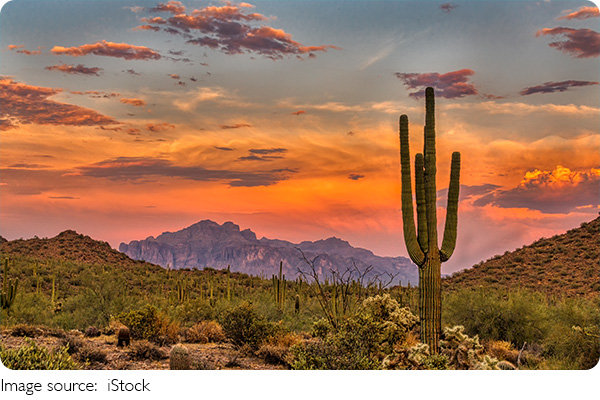Cactus Survival Master

When we picture a desert, tall spiny silhouettes under the scorching sun often come to mind. Among them stands a true titan—the Saguaro Cactus.
Native to the Sonoran Desert, this plant can grow over 65 feet (20 meters) tall and store over 1,300 gallons (about 5,000 liters) of water inside its ribbed, accordion-like stem. That’s enough water to keep it alive through year-long droughts!
It All Starts Small: How the Young Saguaro Survives
What’s surprising is that this desert giant starts its life as a fragile seedling that struggles to survive. When we take a closer look, we find that young Saguaros often depend on a “nurse plant”—usually a mesquite tree or palo verde—to shield them from the sun and cold. Without this natural shelter, the seedlings could easily dry up or freeze during desert nights when temperatures can drop to 14°F (-10°C).
The tree acts as a protective umbrella until the cactus becomes strong enough to stand on its own.
Water Storage Superpower: Built for Drought
In deserts where rain is rare, every drop of water is a treasure. The Saguaro has evolved in a truly clever way. Its thick, pleated stem works like a sponge—it expands when it absorbs rain and shrinks during dry spells. And instead of leaves that would waste water through evaporation, it has sharp spines that reduce water loss and protect it from animals.
We were amazed to learn that these spines grow from a cushion-like base which helps retain moisture even better. That’s smart design!

The Desert Defender: Spines That Mean Business
Saguaros aren’t just good at saving water—they’re also great at defending themselves. Their spines keep most animals away, but the desert has other fierce guardians too, like the Teddy Bear Cholla cactus, whose spines are covered in tiny hooks. These barbed spines can pierce even thick gloves, teaching both predators and people to keep their distance.
Some desert rodents, like the white-throated woodrat, cleverly collect Cholla pieces to build spike-covered homes, creating a fortress that keeps threats away. What looks like danger to us becomes a life-saving tool for them.
Reaching for the Sky: A True Desert Icon
Once the Saguaro outgrows its nurse plant, it rises boldly into the open sky. Over 75 to 100 years, it may start growing arms, eventually becoming the iconic multi-armed cactus we often see in movies and cartoons. These arms help increase its surface area for photosynthesis and water storage.
We find it incredible that a single cactus can live for 150 to 200 years, standing as a living monument to patience, strength, and smart design.
How Seeds Travel: A Little Help from Friends
When its fruit ripens, the Saguaro relies on desert animals like bats, birds, and insects to help spread its seeds. In a poetic cycle, some of these seeds may land beneath the shade of a mesquite tree—just like their parents once did—starting the journey all over again.

Let’s Appreciate the Wisdom of the Wild
The Saguaro teaches us a lot about survival: protecting the young, saving resources, and using smart defenses. It reminds us that even in the harshest environments, life not only survives but thrives through cooperation and resilience.
Dear Lykkers, next time we think about the desert, let’s remember it’s not just a place of heat and sand—but a home to clever giants like the Saguaro. Have you ever seen a cactus taller than a house? Or spotted one in bloom? Tell us what amazes you most about these desert survivors—we’d love to hear your thoughts!
Icon of the American Desert: The Mighty Saguaro Cactus
Video by Ecotasia
-
 Mushrooms Are DifferentWhy Aren't Mushrooms Plants? The Surprising Truth About These Mysterious Organisms!
Mushrooms Are DifferentWhy Aren't Mushrooms Plants? The Surprising Truth About These Mysterious Organisms! -
 Cactus Water SecretWhy can cacti store so much water? It's not magic—it’s smart survival design for life in the desert!
Cactus Water SecretWhy can cacti store so much water? It's not magic—it’s smart survival design for life in the desert! -
 Insect-Eating PlantsWhy do some plants eat bugs? It's not out of hunger—it’s a smart way to survive in tough environments!
Insect-Eating PlantsWhy do some plants eat bugs? It's not out of hunger—it’s a smart way to survive in tough environments!